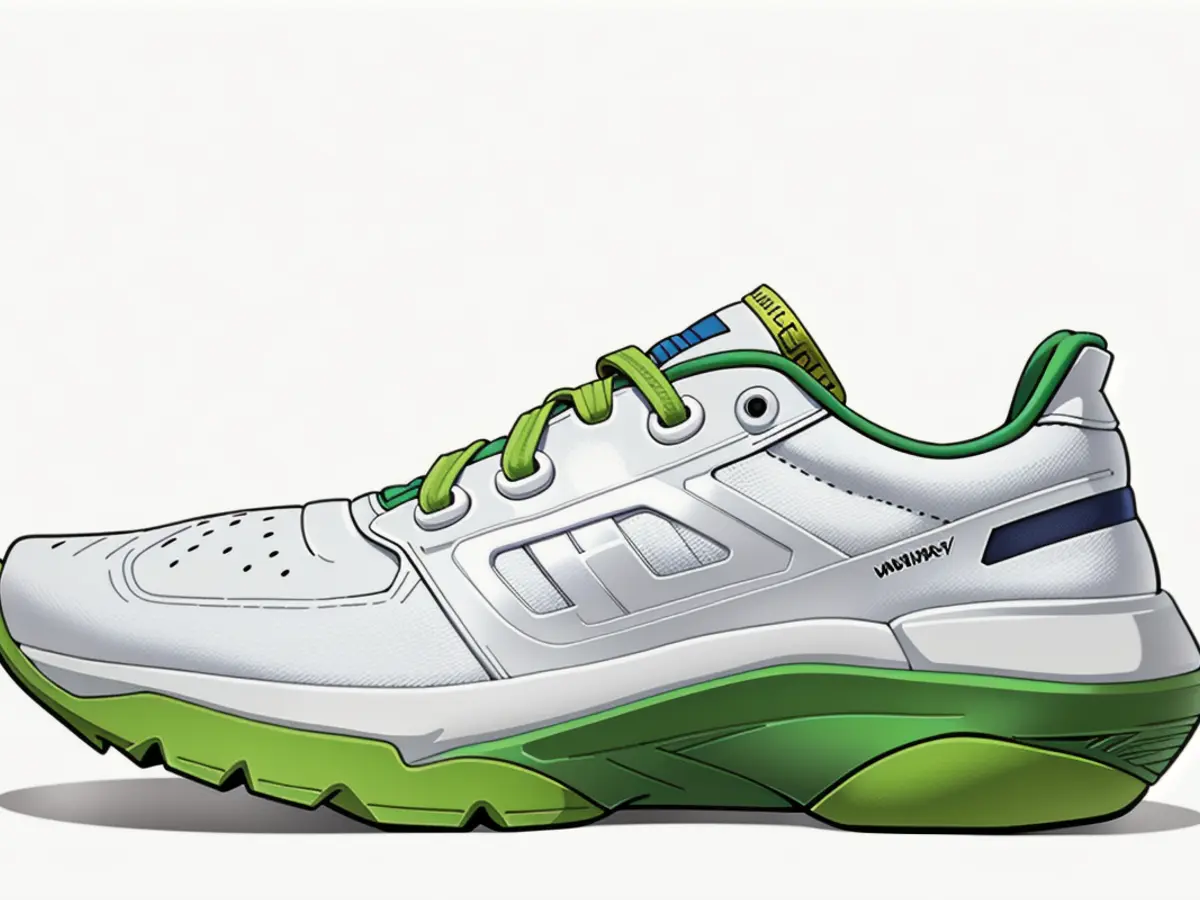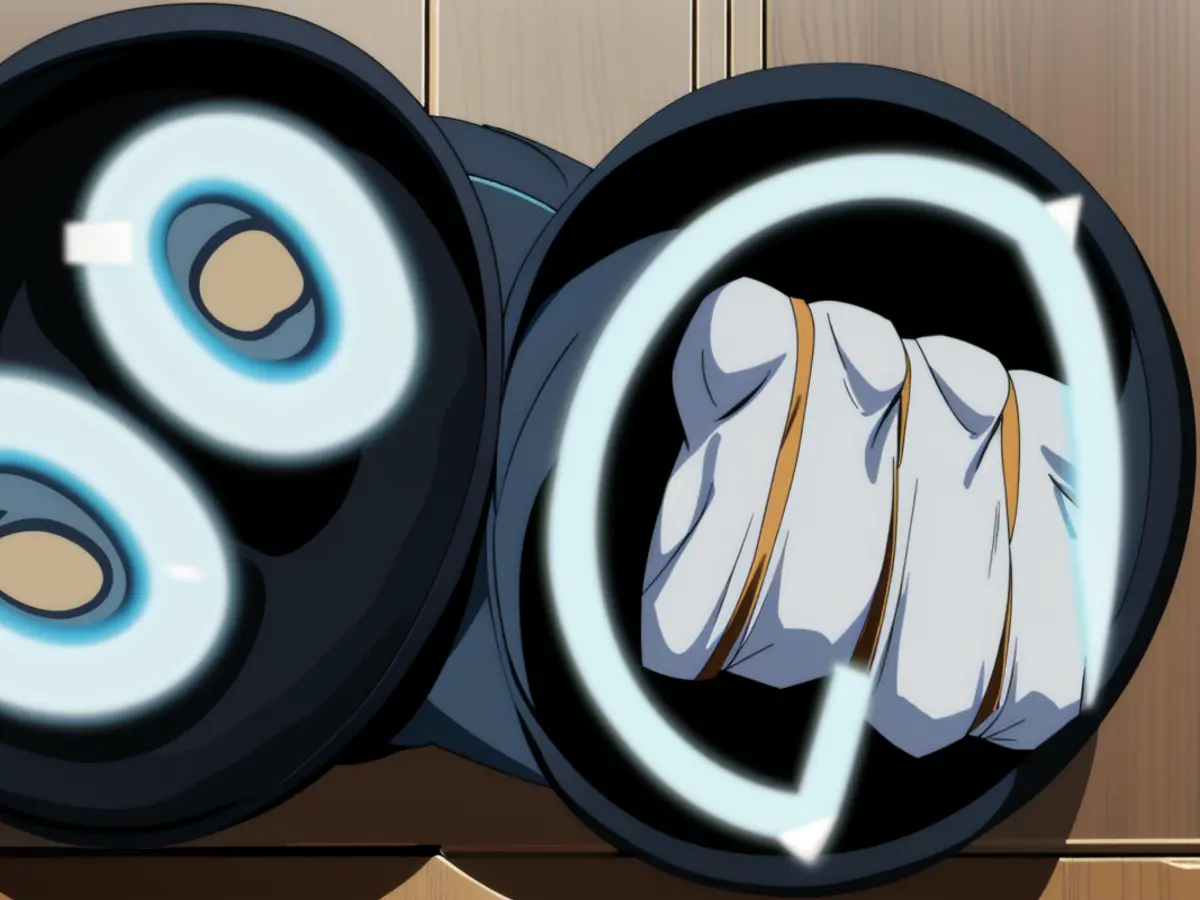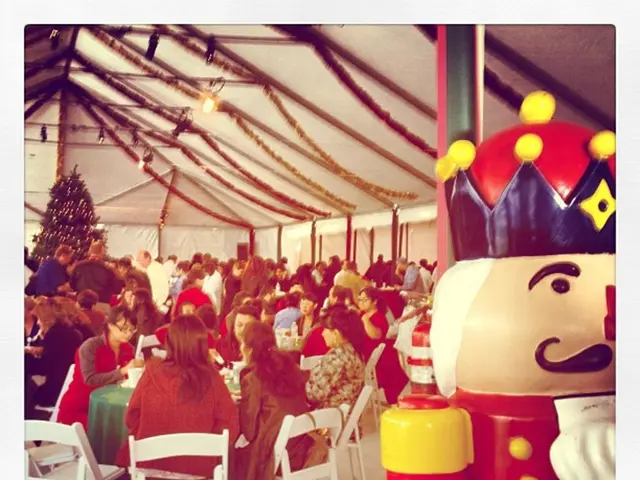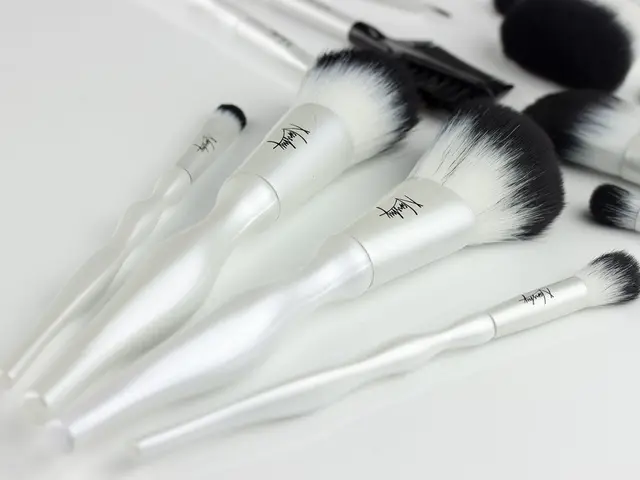Ensuring Appropriate Fitting of Your Running Shoes: A Guide
Hey there, budget-conscious, fitness enthusiast! The sneaker game is a serious one for us runner types, especially when it comes to finding that perfect pair to support our marathon-bound feet. After all, shoes are the ultimate game-changer when it comes to your running experience.
The Importance of Fit
Many a runner has unknowingly strutted in the wrong kicks for years, and it's time to put a stop to that. Jessica Lyons-Quirk, Director of Footwear Merchandising at Road Runner Sports, explains that having improperly fitting shoes can lead to a world of hurt - literally! "You're probably feeling prone to pain and injury," she warns. "You might have pain in your feet, but also pain in your knees or hips when you walk or run."
Your Unique Running Style
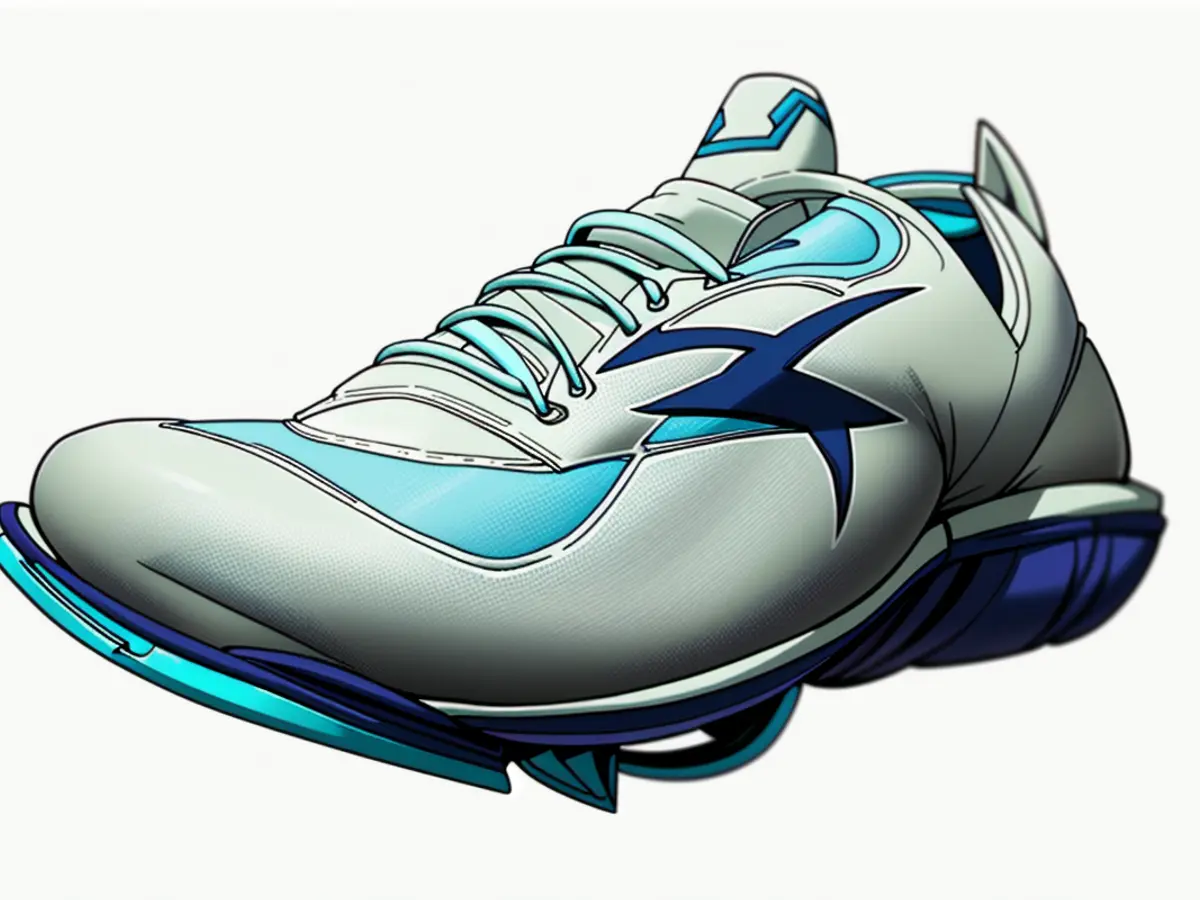
Before diving into the retail deep end, it's important to understand your running mechanics. Essentially, there are two types of runners in this world: neutral runners and stability runners.
Neutral runners have a natural foot motion forward with even weight distribution when pushing off. Their feet effectively absorb impact, and they don't excessively roll inward or outward. If you're a neutral runner looking for some fresh kicks, Jessica recommends the HOKA Clifton or Saucony Ride.
Stability runners, on the other hand, overpronate, meaning the arch collapses during landing, and the foot rolls too far inward. This can create alignment issues while running. For these stability runners, it's best to opt for shoes with extra guidance and support to control that excessive movement. Road Runner Sports suggests the Brooks Adrenaline or the ASICS GEL-Kayano for you.

at Amazon
Brooks Women's Adrenaline GTS 23 Supportive Running Shoe - $139.95 at Amazon Saucony Men's Ride 18 Sneaker - $139.95 at Amazon
Signs of a Proper Fit
Before jumping to the conclusion that your running shoes are cursed, double-check these signs of a good fit:
- A thumb's width of space between your longest toe and the shoe's front.
- No pinching or rubbing across the widest part of your foot.
- A snug, secure heel with minimal slippage when walking.
- Adequate room for toe splay when your foot lands.
- Comfortable arch support that doesn't feel intrusive.
Got any red flags? Keep an eye out for these warnings signs that your shoes aren't right for you:
- Blisters and hot spots developing after runs.
- Numbness or tingling in the toes.
- Pain in your feet, ankles, knees, or hips during or after running.
- Black toenails from toes hitting the front of the shoe.
- Feeling unstable while running.
When to Get Fitted
If you're new to running, have undergone significant weight changes, are dealing with unexplained pain, or simply haven't been properly fitted in a while, it's time to take a trip to a specialty running store for some in-person guidance. These stores often have treadmills available for you to try out your shoes on a jogging pace without leaving the building. To get the most bang for your buck, look for stores with a good return policy so you can road-test your new shoes.
Sneaker Shopping Tips
$139.95 at Amazon
Some unconventional advice, but my advice is to shop for sneakers later in the day. Just like how I never buy pants before I've eaten lunch, my feet naturally swell throughout the day, and I want to make sure my sneakers can handle all my feet fluctuations. Another tip: bring your old shoes to the store. The wear pattern provides valuable information about your running style for the salesperson helping you. Similarly, wear your running socks when trying on a new pair, since the thickness of your socks affects fit.
Last but certainly not least, make sure you can take your shoes on a test run before committing to anything. Many specialty shops allow you to jog around the store or even take a short run outside.
In the end, finding the right running shoes is a deeply personalized process that can greatly impact your performance and injury risk. As Lyons-Quirk emphasizes, each foot is unique, and taking the time to find shoes that match your specific needs is the key to running at your best.
- To ensure optimal health and fitness while running, one should learn how to tell running shoes fit correctly, as improper fitting shoes can lead to pain and injury in various parts of the body.
- Understanding your unique running style is essential when searching for the perfect pair of running shoes – be it the neutral or stability type.
- A good fit for running shoes should exhibit signs such as a thumb's width of space between toes and the shoe's front, no pinching or rubbing, a secure heel, adequate toe room, and comfortable arch support.
- If experiencing red flags like blisters, numbness, pain, black toenails, or instability while running, it may be a sign that the shoes don't fit properly.
- If you're new to running, have experienced weight change, or are experiencing unexplained pain, it's highly recommended to visit a specialty running store for professional guidance on finding shoes that cater to your specific needs, taking into account your running style, foot mechanics, and personal preferences.
